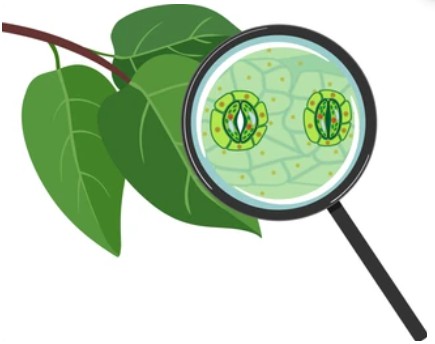Plants are subjected to different degrees of damage under adverse conditions such as high temperature, low temperature, drought, salinity, heavy metals, and atmospheric pollutants, and the degree of damage varies depending on the adverse conditions and the plant's resistance. Adversity can lead to decreased photosynthetic rate, tissue dehydration and stomatal closure, damage to chloroplasts, inactivation or denaturation of related enzymes, and, in severe cases, death of cells and tissues. Therefore, detecting plant cell activity is a direct and effective method to determine the degree of plant injury and test its resistance.
Plant cell activity is an essential index in cell biology experiments and is the basis for cell culture and physiological research. Currently, there are various methods for cell activity detection, such as cell counting based on Taipan blue staining, image analysis-based counting equipment, or analysis based on fluorescent dye-labeled flow cytometry. In plant cell activity testing, we aim to combine new testing methods with traditional ones and analyze the customer's project needs and material characteristics to select the most suitable testing method.

Typically, cells with the ability to grow and reproduce are considered to be cytosolic. Some methods of characterizing cellular activity are based on physical or chemical properties of living cells, such as characterizing cell membrane integrity or cytoplasmic membrane fluidity. Others are based on detecting cellular metabolic activity, such as calculating the reduction of tetrazolium salts or the hydrolysis of fluorescent substrates. There are five methods for characterizing the integrity of plant cell membranes, each of which can be performed by staining the cells with the following substances.
These stains penetrate ruptured cell membranes and bind to dead cellular material to develop color, and the relative cellular activity is subsequently calculated by microscopic observation or spectrophotometry.
The definition of cellular activity is diverse and is assayed by labeling key cellular physiological indicators such as the activity of cellular metabolism (esterase function, MTT assay), apoptotic markers (Annexin V), cellular redox potential, membrane potential, value added (DNA content), mitochondrial function and membrane integrity. Although there are so many index parameters, the assay based on the integrity of the cell membrane and the associated dye rejection assay has been widely recognized as the standard for cell activity assays. To solve the problems of high manual error and easy overestimation of cell activity in conventional cell activity assay, we utilize some specific fluorescent dyes, which can have higher detection accuracy and sensitivity than Tepan blue staining. In addition, we combined with flow cytometry, which has shown good application in cell activity detection.

Lifeasible offers various practical cell activity detection research tools, including fluorescence microscopy, flow cytometry, and enzyme labeling. Our assays can simultaneously detect live, dead, and damaged/dead cells, providing customers with a comprehensive analysis of plant cell activity. If you are interested in us, please feel free to contact us.
Lifeasible has established a one-stop service platform for plants. In addition to obtaining customized solutions for plant genetic engineering, customers can also conduct follow-up analysis and research on plants through our analysis platform. The analytical services we provide include but are not limited to the following:
Get Latest Lifeasible News and Updates Directly to Your Inbox
Adaptive Evolutionary Mechanism of Plants
February 28, 2025
Unraveling Cotton Development: Insights from Multi-Omics Studies
February 27, 2025